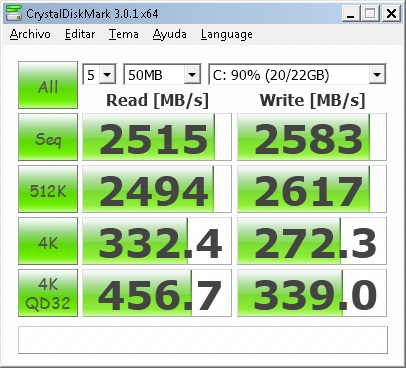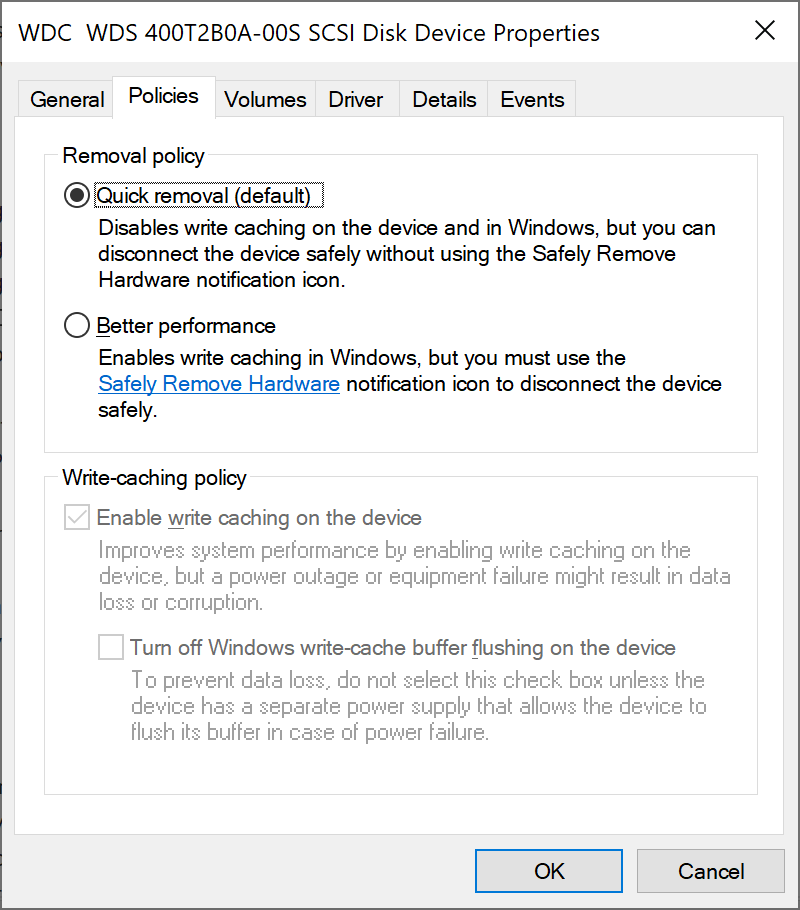
The method of claim 1, wherein the cache is a disk drive write cache.ġ0. The method of claim 7, wherein the write command received in (a) is the first write command received since the cache was last flushed.ĩ. The method of claim 1, further comprising: (g) determining that at least a predetermined amount of time has passed since (a) and (h) performing (d) in response to (g).Ĩ. The method of claim 1, further comprising: (g) determining that at least a predetermined number of read commands have been received have been received since (a) without an intervening write command and (h) performing (d) in response to (g).ħ. The method of claim 1, further comprising: (g) determining that a command has not been received from the host system within a predetermined amount of time after (a) and (h) performing (d) in response to (g).Ħ. The method of claim 3, further comprising, in conjunction with retrieving the identification, removing the identification from the queue.ĥ. The method of claim 1, wherein the identification is stored in a queue.Ĥ. The method of claim 1, further comprising repeating (a), (b), and (c) a plurality of times before performing (d).ģ. A method for reliably writing data to a disk drive, the method comprising: (a) receiving a write command from a host system (b) storing, in a cache, write data that is associated with the write command and that is to be written to the disk drive (c) storing an identification of the write command (d) flushing the cache to force cached write data to be written to disk media (e) in response to (d), retrieving the stored identification of the write command and (f) sending a completion interrupt to the host based at least upon the retrieved identification of the write command, whereby the completion interrupt is not sent to the host if a power loss interrupts the completion of the write command after the write data is stored in the cache but before the write data is written to disk media.Ģ.
#Fancycache terms install#
The simplest way is to simply run: $ pip install tox
#Fancycache terms upgrade#
Purge all cached responses when you run an upgrade of your site or Invalidate, for debugging or if you really want make it possible to

Your project so only use it if you don't have any smarter way to There is obviously a small additional performance cost of using theįANCY_REMEMBER_ALL_URLS and/or FANCY_REMEMBER_STATS_ALL_URLS in memory import find_urls > found = list( find_urls()) You can either switch this on on the decorator itself.

This can be useful for things like invalidation or curious If you want to you can have django-fancy-cache record every URL itĬaches. get( request, * args, ** kwargs) Optional uses Template_name = 'page4.html' method_decorator( cache_page( 60 * 60)) def get( self, request, * args, ** kwargs):

content += '' return response cache_page( 60 * 60, key_prefix = prefixer, post_process_response = post_processor) def yetanotherotherview( request): Return None return 'myprefix' cache_page( 60 * 60, key_prefix = prefixer) def myotherview( request): generic import TemplateView cache_page( 60 * 60) def myview( request):

decorators import method_decorator from django. From fancy_cache import cache_page from django.


 0 kommentar(er)
0 kommentar(er)
